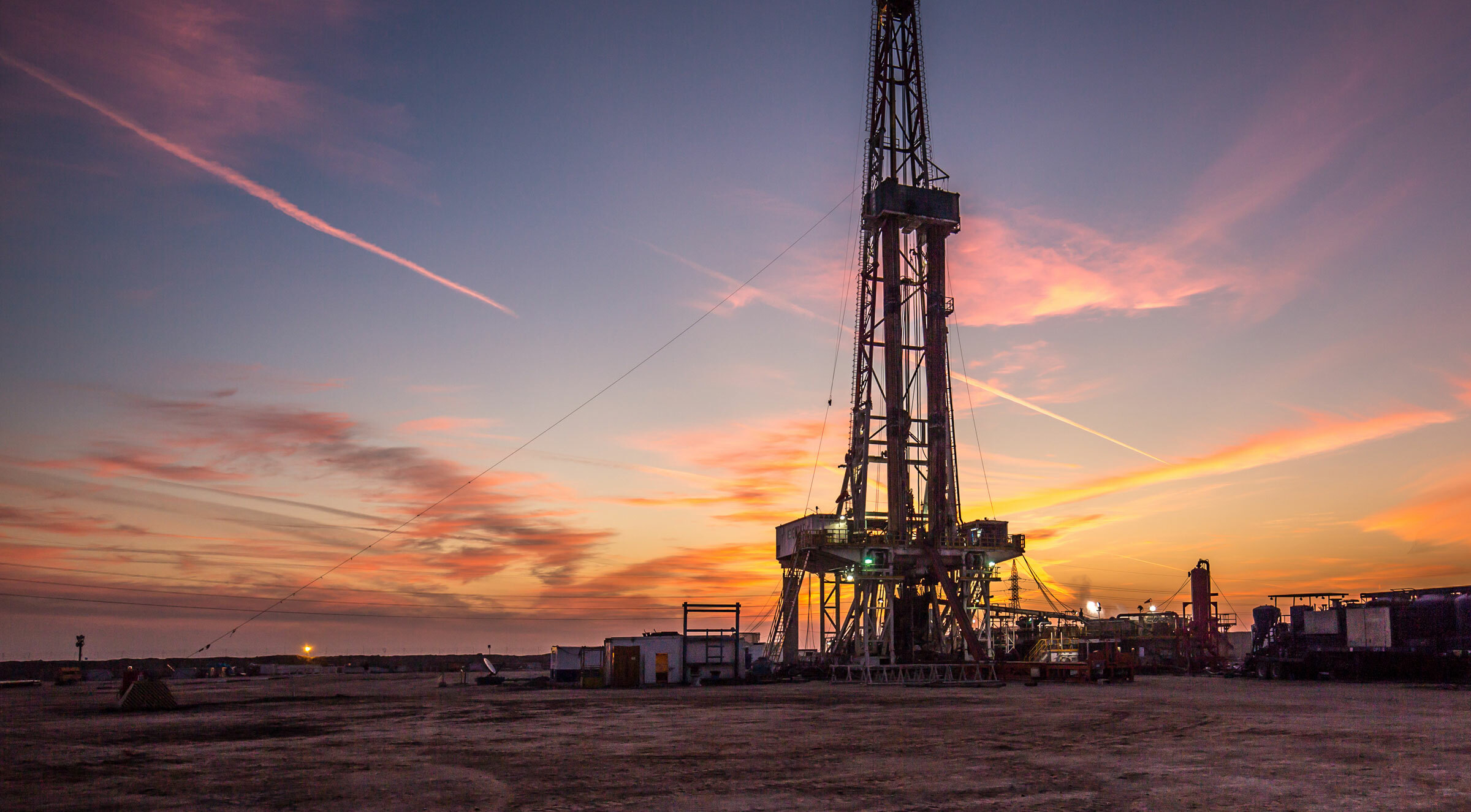The United States Department of the Interior recently proposed a second offshore wind energy auction in the Gulf of Mexico after the first auction generated a high (and single) bid of $5.6 million. While offshore wind has faced its share of criticism and multiple projects on the East Coast face delays due to increasing financing costs as a result of inflation, supply chain challenges and uncertainty over offtake agreements, there are still ample opportunities for offshore construction companies.
Issues Facing Offshore Wind Farm Construction Projects
But, like any offshore construction project, an offshore wind farm project comes with its own unique issues. Will it be a fixed-bottom project or a floating project? How sophisticated is the client in offshore construction? And, with projects being heavily financed and financing for an owner typically associated with reaching milestones on a project, how willing will the client be to work with offshore contractors when typical offshore delays arise, such as unexpected metocean conditions?
In our experience, the key to any offshore project, including offshore wind projects, and avoiding future disputes is proper planning and a clear allocation of responsibilities. If, for example, a client requires that a certain vessel be used or that a separate contractor performing the engineering associated with construction, does the installation contractor have a responsibility to double-check the suitability of the vessel or the quality of the engineer’s work? Is an installation contractor responsible for examining historical weather conditions to determine the probable success of the project when WOW (waiting on weather) is the responsibility of the client? And, if array cables, of which there is a looming shortage and are increasingly expensive to insure, that transmit power from wind towers to an offshore substation are damaged during installation or by fishing trawlers or storms, will a manufacturer accept responsibility? Will the installer be blamed? These are just examples of a number of issues that have been litigated in the offshore wind farm industry.
While it seems straightforward, it is worth reminding entities to clearly delineate any roles or responsibilities on an offshore construction project through contracts and scope of work documents. If an entity understands it is not responsible to, for example, examine the suitability of a vessel, writing such qualifications in a clear and express manner into a contract or scope of work document will aid in avoiding future disputes, as express language in a contract typically controls over general language found in warranties, etc. Limiting warranties as well as the insertion of arbitration clauses is also advisable as many potential jurors do not understand the nuances or traditionally accepted standards of offshore construction, resulting in uncertainties in disputes.
There are many things a contractor can do to protect itself in an offshore construction dispute, but the first line of defense always occurs at the beginning of a project: clear allocation of responsibilities. Boilerplate language is not recommended and attention to detail, with input from your technical personnel, is certainly a better practice.
